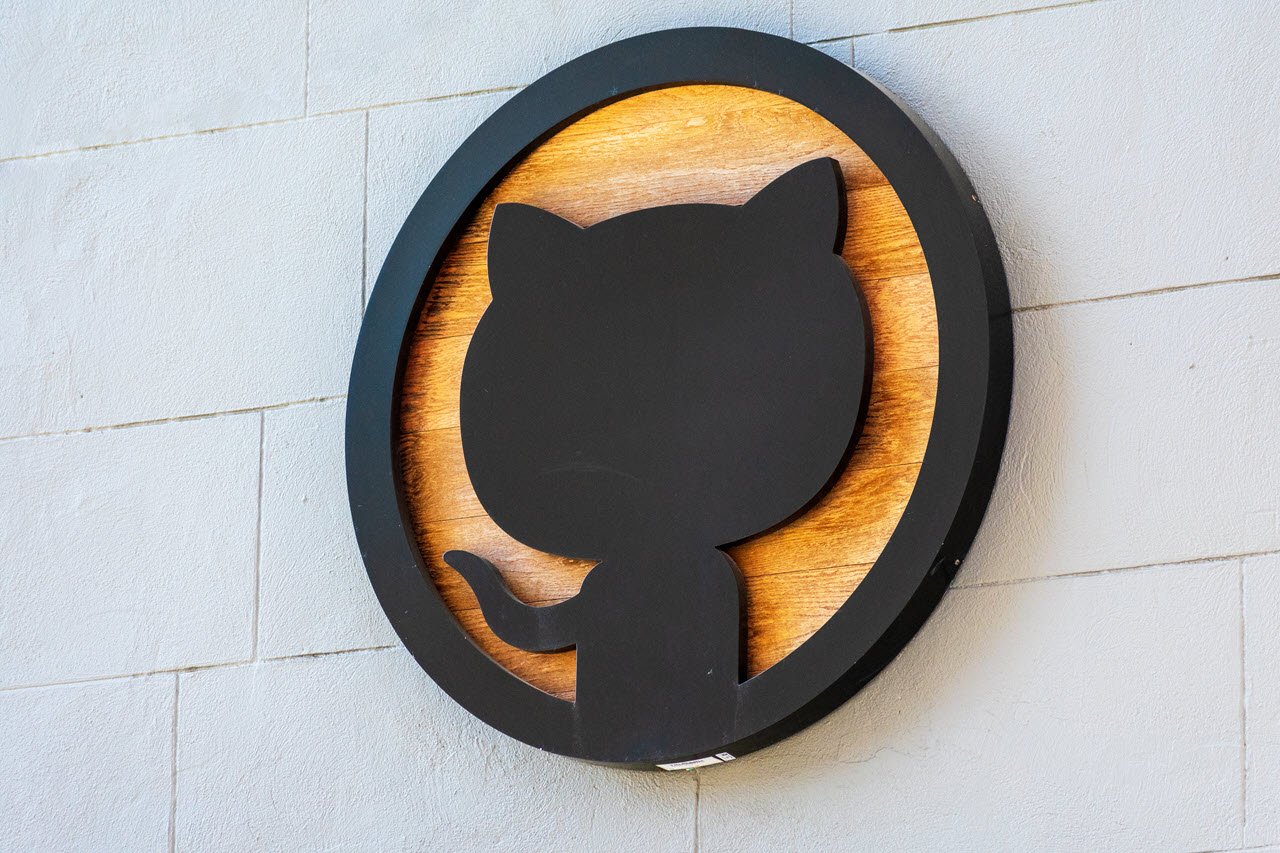Learning programming may be challenging, but it’s certainly worth the effort. Being a software developer is an interesting career path. It allows you to solve real-world issues or build a fantasy world in games.
There are 26.9 million programmers as of 2021, and these numbers will keep rising as development needs do.
Want to join the community? Here are five tips that’ll help you learn to program faster.
1. Set your career goals
Setting an endpoint or planning what kind of programmer you will be in five years is virtually impossible. But entering this space is relatively quick. So, where do you see yourself at the start?
Understand your reasoning for becoming a programmer
A software developer’s job is one of the highest paying, but is money the only motivator? Learning to code just because someone says it’s profitable or cool might not get you the results you want.
Whatever reasons you have, they should be strong ones.
What kind of programmer do you want to be?
Decide what kind of solutions you want to code. This will further help you decide what language to learn first.
2. Choose a language to start with
You don’t have to stop at one language for the entirety of your career, but it’s good to focus on just one to start.
Mobile development
Java is a good choice especially if you want to steer your focus towards Android apps. It’s also used for server-side and data science projects.
Online courses such as Codegym will entail the needed consistency and practice as they provide video lectures and tutorials to understand Java.
Data science development
Python is a popular choice for data science apps because it’s easier to learn, faster and has a variety of data science libraries.
Game development
C++ is one of the best choices as it is a powerful and reliable high-level language.
Back-end web development
Ruby remains the top-choice as it uses first-class objects in OOP development, and allows inclusion of functional programming into projects.
3. Make a plan for learning
Once you decide what language you are going to start with, it’s time to plan out your learning:
- Plan and segment your learning: Set yourself a deadline for basic course and choose goals for each day, week, and month.
- Choose resources carefully: When choosing a course, look at its structure, creators, and the ratio between theory and practice, to make sure you’re choosing the right one.
- Find a community: Peers can help boost morale, but also offer alternative solutions for tasks you’re struggling with. You can find a community on GitHub, Stack Overflow, and Reddit.
- Track your progress: Track your set goals in real-time and reward yourself for each completed milestone to consolidate new knowledge with something positive.
4. Practice more than you read
You can only understand how something works when you apply the theory to practice. The ideal ratio is 80% practice and 20% reading or listening to theory. Here’s how you can achieve it:
- Find tasks for the concepts you read or listen about and try solving them.
- Analyze code from other programmers.
- Try writing alternative solutions to tasks you’ve completed.
- Learn to debug your code.
5. Work on your own project
It’s best to choose a project at the start of your learning progress. Once you decide what it is, start coding and apply all the new knowledge to complete it.
This first project will also help you land a job as a developer of your choosing because you’ll have something to put on your portfolio.
Conclusion
Programming is a never-ending learning experience where you improve with each completed task and project. But there is a point where you can stop being a simple student and find a job as a developer. Following the tips above should get you to this point faster.
This is a sponsored article. Candid.Technology had no part to play in its creation. You can read more about our Editorial Policy here. You can contact our advertisement team here: advertise@candid.technology





